Hindu pilgrimage - Amarnath Yatra:
The legend says that Lord Shiva had to give in to Goddess Parvati’s demands of knowing the secrets of life and death but he couldn’t risk anyone eavesdropping onto it.
So they set on their way to a cave in the mountains- too difficult to be reached by any lesser person than the gods themselves.
The secret is so sacred that all the companions also had to left behind. So his ride – Nandi, the bull – was left at Pahalgam, the moon atop his head at Chandanwari, the snake around his neck at Lake Sheshnag, the 5 basic elements of life that he carried atPanchtarini and even his son – Lord Ganesha himself – at Mahaguna top.
And now Hindu devotees find themselves enroute this perilous mountainous trek every year.
So they set on their way to a cave in the mountains- too difficult to be reached by any lesser person than the gods themselves.
The secret is so sacred that all the companions also had to left behind. So his ride – Nandi, the bull – was left at Pahalgam, the moon atop his head at Chandanwari, the snake around his neck at Lake Sheshnag, the 5 basic elements of life that he carried atPanchtarini and even his son – Lord Ganesha himself – at Mahaguna top.
And now Hindu devotees find themselves enroute this perilous mountainous trek every year.
The Amarnath yatra route attracts lakhs of pilgrims every year who visit the site during Shravani Mela in July-August(Shravan month in Hindu calendar) – the only time in the whole year when the Amarnath cave is accessible.
The annual ‘Amarnath yatra’ is marked by ‘Pratham Pujan’ which is said to invoke the blessings of Shri Amarnathji. It is said that the ‘lingum‘ in the holy cave grows and shrinks with the lunar cycle.
Moreover, since the ice is collected from the water dripping from the top of the cave due to the melting of the ice on top of it, the ‘lingum’ reaches a maximum around July-August when the ice caps around the cave are melting.
The Amarnath Yatra 2016 is scheduled to begin on 1st June and will go on till 18th August.
The annual ‘Amarnath yatra’ is marked by ‘Pratham Pujan’ which is said to invoke the blessings of Shri Amarnathji. It is said that the ‘lingum‘ in the holy cave grows and shrinks with the lunar cycle.
Moreover, since the ice is collected from the water dripping from the top of the cave due to the melting of the ice on top of it, the ‘lingum’ reaches a maximum around July-August when the ice caps around the cave are melting.
The Amarnath Yatra 2016 is scheduled to begin on 1st June and will go on till 18th August.
The devotees start their yatra fromSrinagar or Pahalgam on foot and take one of the two possible routes.
The shorter but more steep trek via Baltal, Domial, Barari and Sangam is 14 km long and allows people to take a round trip in 1-2 days.
However, ponies are not allowed on this route due to safety reasons. One has to either walk or be carried on ‘Dandies’ (carried on a seat atop shoulders of other people).
This Amarnath Yatra route is considered more favorable for returning back from the shrine than on the way up as steep slope is said to cause serious health problems among un-acclimatised visitors.
Young, healthy and people looking for adventure amidst the religious trip happen to take this trek.
The shorter but more steep trek via Baltal, Domial, Barari and Sangam is 14 km long and allows people to take a round trip in 1-2 days.
However, ponies are not allowed on this route due to safety reasons. One has to either walk or be carried on ‘Dandies’ (carried on a seat atop shoulders of other people).
This Amarnath Yatra route is considered more favorable for returning back from the shrine than on the way up as steep slope is said to cause serious health problems among un-acclimatised visitors.
Young, healthy and people looking for adventure amidst the religious trip happen to take this trek.
The longer Amarnath yatra route viaPahalgam is generally preferred by most of the devotees. The length of the trek varies from 36 to 48 km depending upon the devotion of the pilgrim.
The trek usually takes 3-5 days one way. The Amarnath route is much wider than the Baltal trek and slopes gradually.
However, one will also find it crowded by ponies for almost whole of the route. Aged, sick or people with past history of illnesses are advised to take this yatra route.
The trek usually takes 3-5 days one way. The Amarnath route is much wider than the Baltal trek and slopes gradually.
However, one will also find it crowded by ponies for almost whole of the route. Aged, sick or people with past history of illnesses are advised to take this yatra route.
Both the routes however allow for the best possible facilities in the conditions, thanks largely to the efforts of Indian Army, Central Government and State Government Police Forces for both security and facilities.
Apart from government provided facilities, various non-profit organizations and private companies also place stalls along the way.
The overall organization of the yatra however is carried out by Shri Amarnath Yatra trust which provides for services like telecommunication, power supply, firewood etc. Mobile phones are of no use in the area and it would be wise to leave them behind.
Apart from government provided facilities, various non-profit organizations and private companies also place stalls along the way.
The overall organization of the yatra however is carried out by Shri Amarnath Yatra trust which provides for services like telecommunication, power supply, firewood etc. Mobile phones are of no use in the area and it would be wise to leave them behind.
The efforts of the concerned agencies (both government and private) make the trek much more easier than what it used to be few years ago with the lack of any facilities at all.
However, despite all the medical support, fair price shops and power utilities, the Amarnath Yatra Route is one of the harshest pilgrim routes in India and takes a toll of many lives every year.
To minimize the losses, acompulsory health check up is carried out for all pilgrims allowing only healthy people to go through.
Despite this, the extreme weather, natural disasters and road accidents are frequent. None of this however deters the faithful followers of Lord Shiva from taking this perilous journey every year with joy.
However, despite all the medical support, fair price shops and power utilities, the Amarnath Yatra Route is one of the harshest pilgrim routes in India and takes a toll of many lives every year.
To minimize the losses, acompulsory health check up is carried out for all pilgrims allowing only healthy people to go through.
Despite this, the extreme weather, natural disasters and road accidents are frequent. None of this however deters the faithful followers of Lord Shiva from taking this perilous journey every year with joy.
The Amarnath yatra however, is not just a spiritual tour. The nearby places are equally tempting tourist attractions to even the most non-religious among us.
Kashmir was once called the ‘Paradise on earth’ by Amir Khusro and rightly so. Some of the must visit places that you can undertake in one trip include the likes of Srinagar, Gulmarg and Sonamarg.
Kashmir was once called the ‘Paradise on earth’ by Amir Khusro and rightly so. Some of the must visit places that you can undertake in one trip include the likes of Srinagar, Gulmarg and Sonamarg.
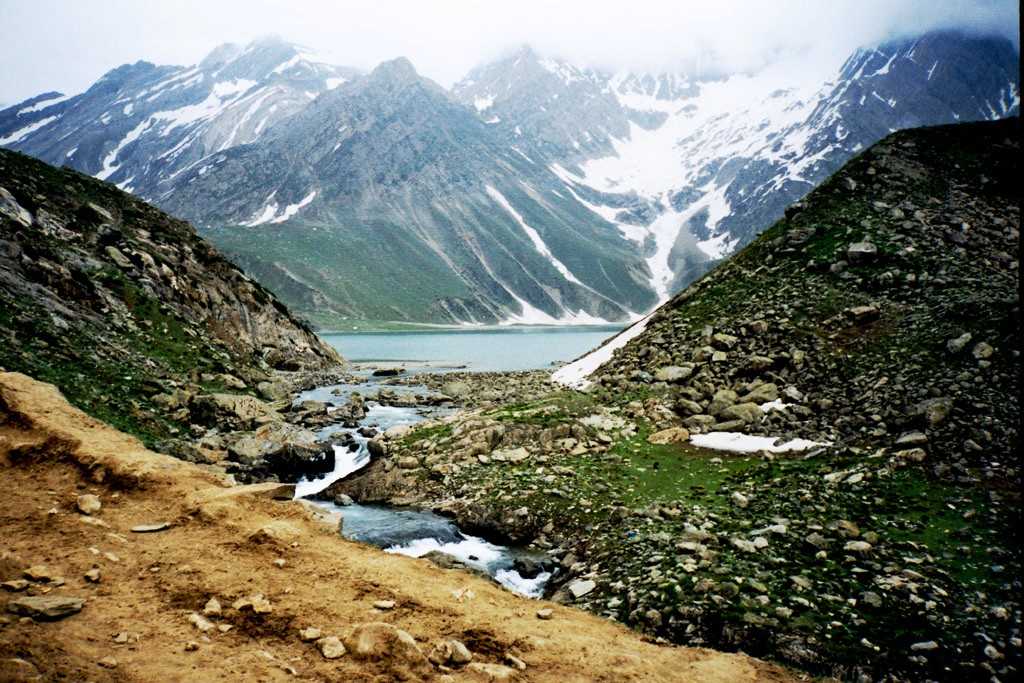
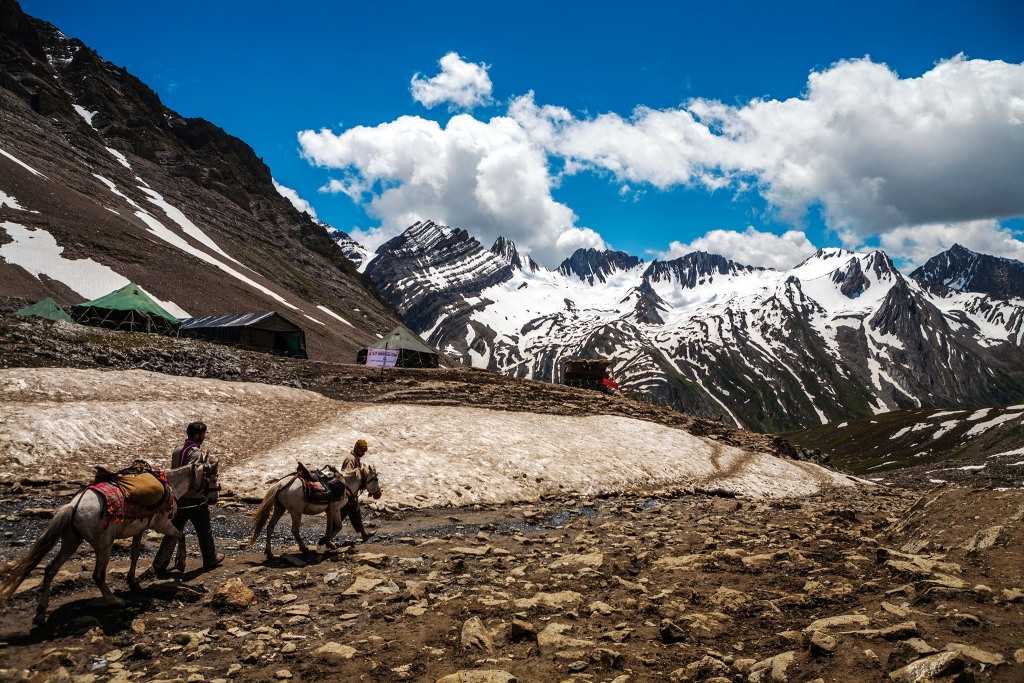
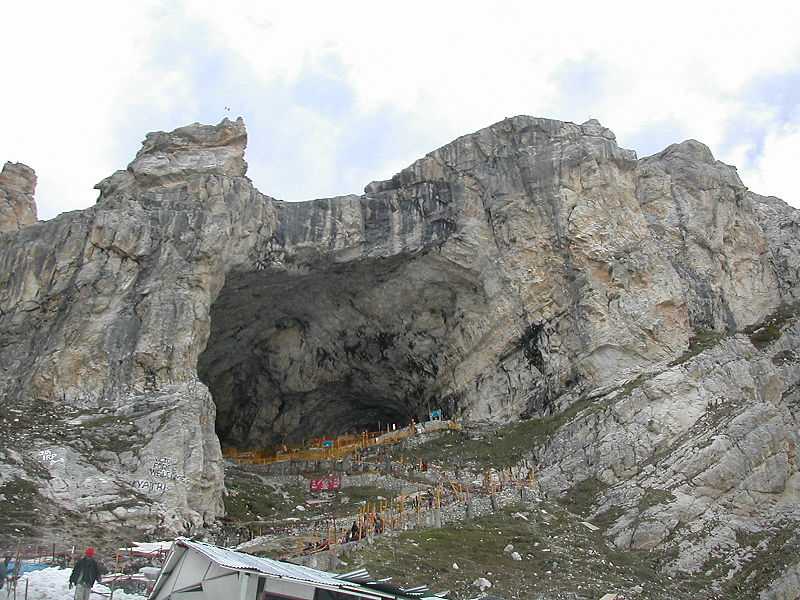
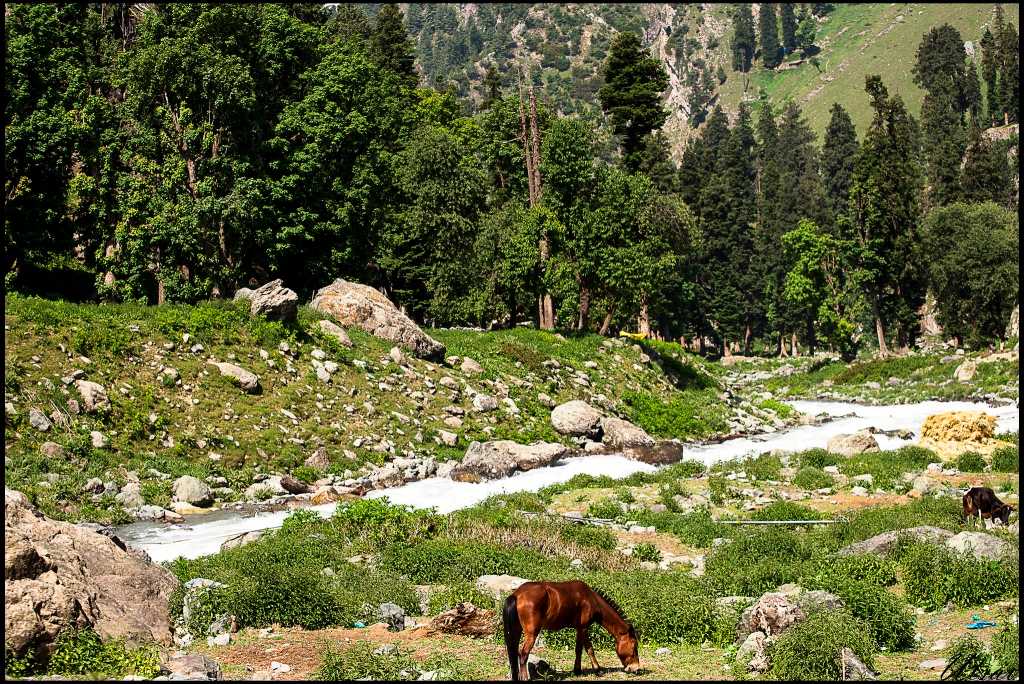
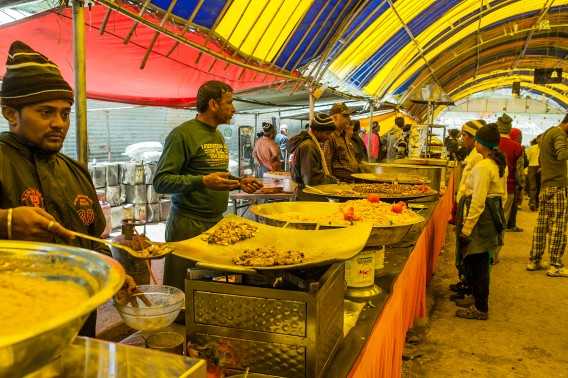
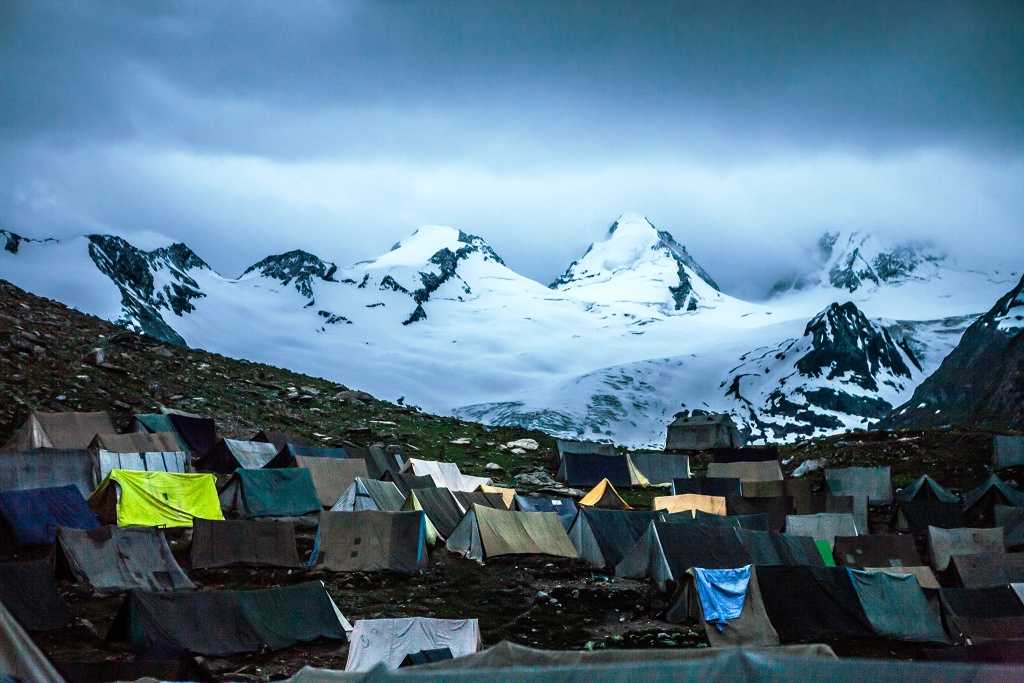
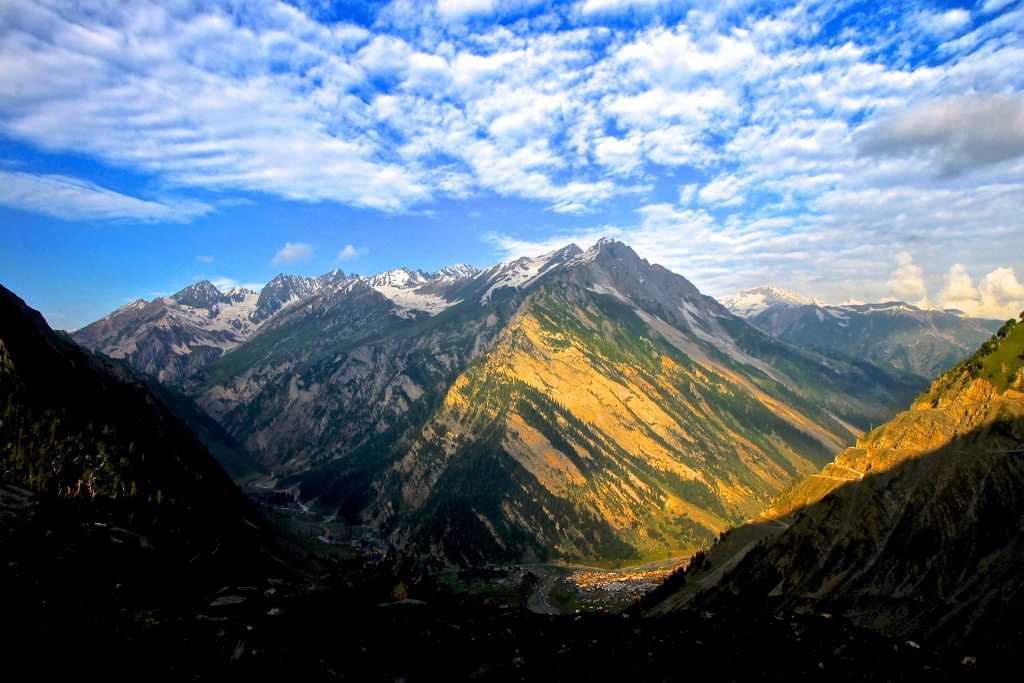
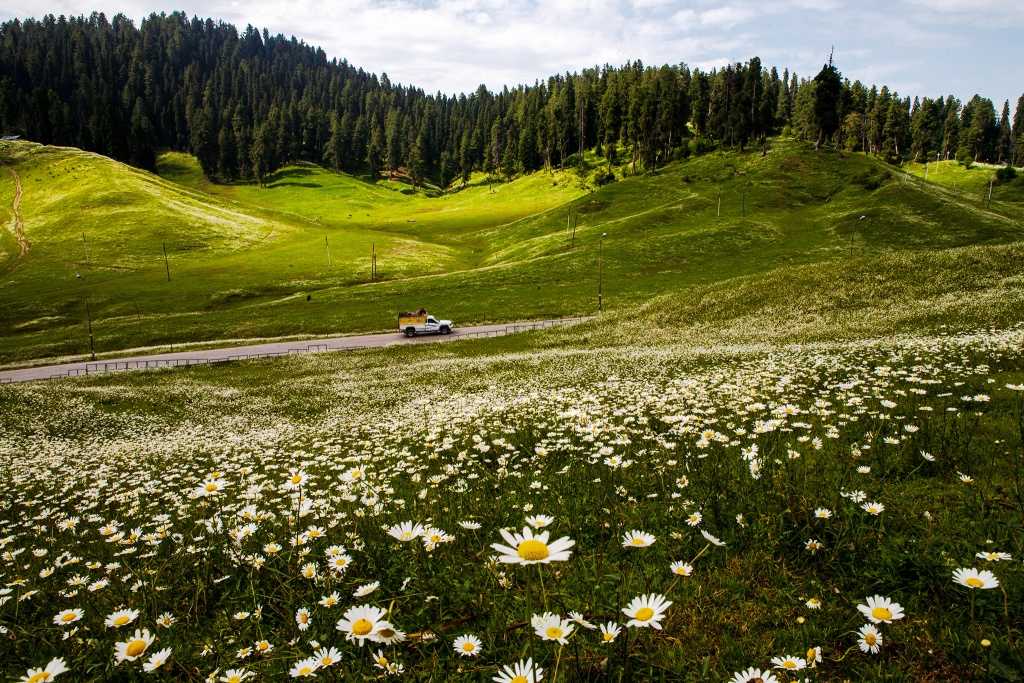
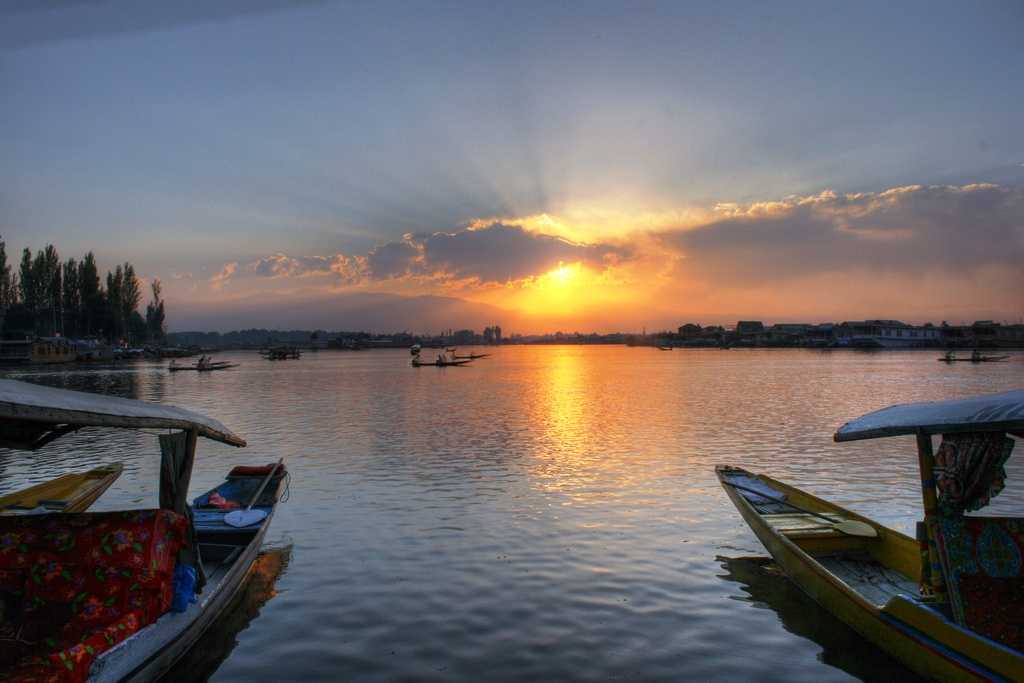
No comments:
Post a Comment